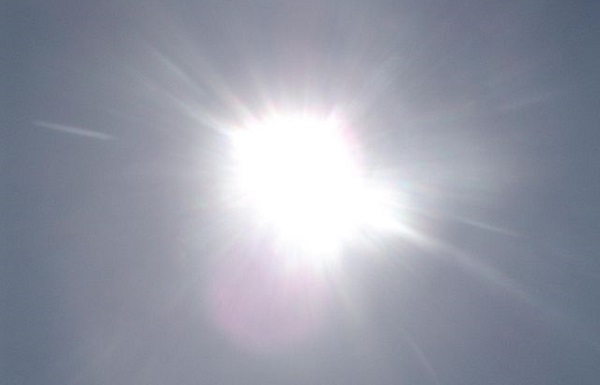What are “Solar Traps”? We don’t know. But they could save the world.
This is the attention-getting claim given wide circulation (here, here and here, for example) after the news service McClatchy reported last week on the latest mindstorm of a Maryland septuagenarian lone-wolf inventor named Ronald Ace, who five years ago was going to save the world with a completely different concept.

We’ll tell you what we know about Solar Traps in a second, but first one exceedingly important clause from the McClatchy story: “which exist only on paper so far.”
For those who follow the amazing new paradigm-shifting energy concepts that pop up now and again, the fact that there is no prototype, no publicly shared data, no peer review, is nearly enough to prompt a scoff and a quick turn of the page. And yet the story, by veteran journalist Greg Gordon, is seeded with just enough intrigue to make you think, well, it’s possible ol’ Ron Ace is onto something.
Except, nah.
As Gordon tells it, Ace has applied for a patent for a vaguely described solar thermal technology that operates at near 100 percent efficiency by use of a “high-temperature blackbody absorber.”
Indeed, improving concentrating solar power receiver technology is a goal of mainstream research; a team at the National Renewable Energy Laboratory is working on a grant valued at up to $3.8 million to develop “a near-blackbody particle receiver and an integrated fluidized-bed heat exchanger with auxiliary compoennts to drive high-efficiency power cycles and achieve greater than 20 percent cost reduction over current CSP plant.”
But similarities between that and what Ace claims to have up his sleeve are few if any; while the NREL researchers are talking about technology for use in utility-scale power plants, Gordon says that Ace’s invention is a “flat panel” that could be “used to retrofit conventional nuclear- or fossil fuel-fired power plants” (huh?) or on home rooftop systems.
So is he talking about something like this?
In the absence of any standard scientific review, the McClatchy article presents John Darnell as an expert in support of Ace’s work. But Darnell isn’t associated with any recognized research institution and when Gordon writes that Darnell “gushes with pride to have been able to act as a sounding board” to Ace, you begin to wonder if Darnell, despite his biochemistry Ph.D., is a great source for objective analysis.
Gordon did get a reaction from Ramamoorthy Ramesh, who used to head up the U.S. Department of Energy’s solar research program, called Sunshot. Responding to Ace’s claims, Ramesh replied not disrespectfully but also utterly noncommittally: “Who knows? It may actually be correct. But I’m an experimentalist. And until it’s proven, I don’t believe it.”
Indeed. Which isn’t to say Ace should be mocked or pilloried. In time, we’ll see if anything comes of his work, whatever it is. Meanwhile, researchers publishing articles, companies deploying technology and governments competing to make solar work will continue to slowly drive down the cost incrementally, and it will continue to grow.
Which leads to my only real problem with Greg Gordon’s story about Ronald Ace and his mystery invention: It proceeds on the assumption that solar power and renewable energy in general is failing and that the world is in need of a stunning, outside-the-box advance. But this isn’t true at all. In fact, renewable energy’s track record is to consistently surpass forecasts, not with miracles but with steady progress.